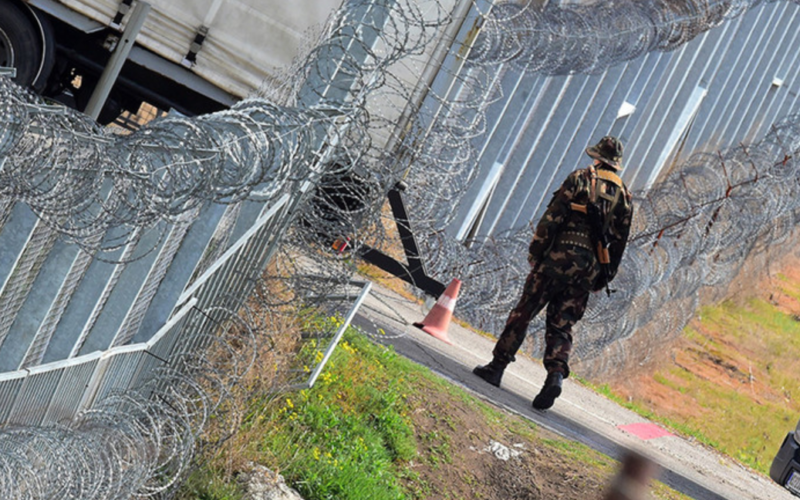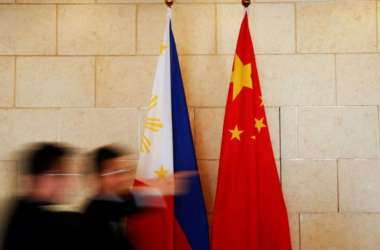The government of Slovakia has decided to extend temporary border controls with Hungary until December 23, 2023, aiming to prevent a potential surge in illegal migration. The initial imposition of border controls took place on October 5, following the lead of neighboring countries such as Poland, the Czech Republic, and Austria, which had also strengthened their own borders with Slovakia.
The decision to extend the border controls comes in response to a significant year-on-year increase in the number of illegal migrants detained in Slovakia, amounting to more than 500% between the beginning of 2023 and November 12. The government’s move is part of a broader regional effort to manage migration flows effectively and maintain border security.
Despite the initial spike in detentions immediately following the implementation of controls, the number has considerably decreased, with only 29 detentions reported in the week leading up to November 12. The Interior Ministry emphasized that the controls, along with similar measures taken by neighboring states, are primarily preventive in nature, aiming to deter illegal migration.
Slovak Prime Minister Robert Fico, who returned to power for a fourth term last month, had prominently featured border protection from illegal migration in his election campaign. The extension of border controls aligns with Fico’s commitment to maintaining the security of Slovakia’s borders.
The majority of migrants attempting to enter Slovakia are young men originating from the Middle East and Afghanistan. They typically travel through the Balkan corridor, passing through Hungary from Serbia, en route to wealthier European countries such as Germany and others in the western part of the continent.
It is noteworthy that Slovakia, along with the Czech Republic, Poland, Hungary, Austria, and Germany, are all part of the European Union’s Schengen open-border zone. The extension of border controls underscores the shared commitment among these countries to manage migration effectively and ensure the security of their borders within the Schengen framework.








